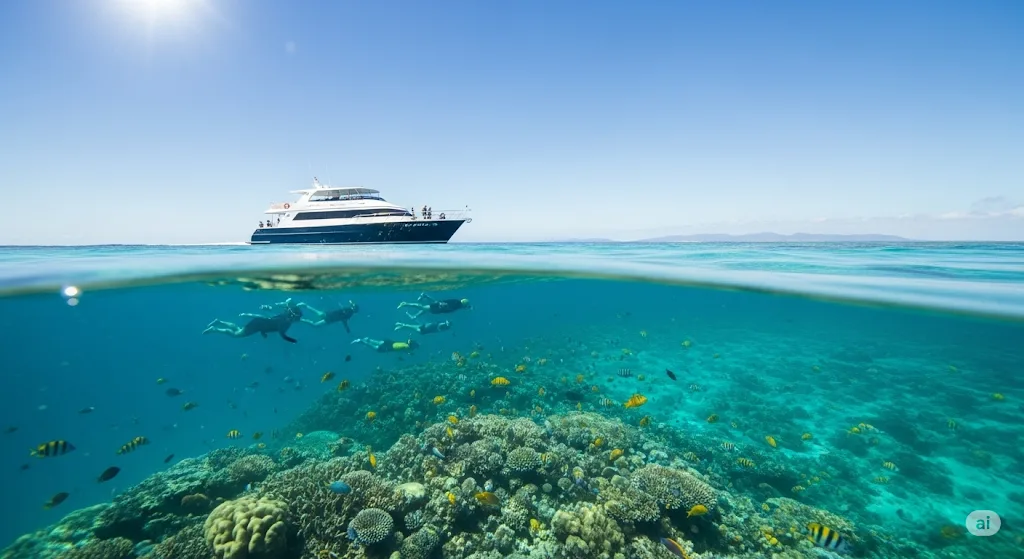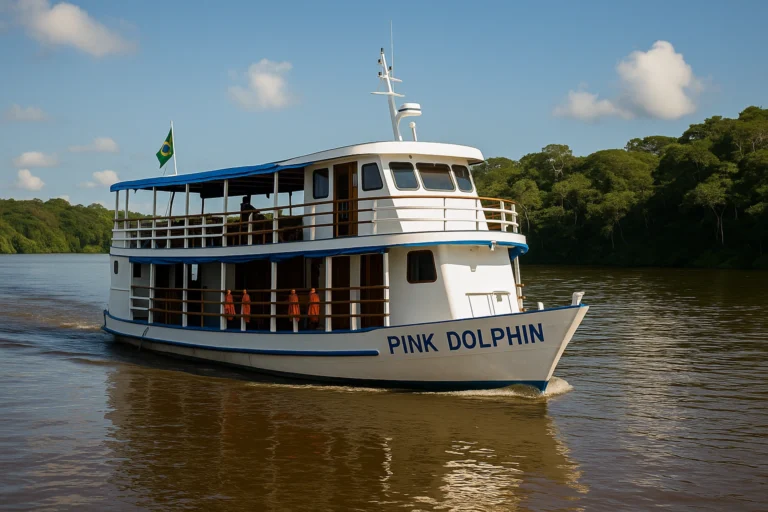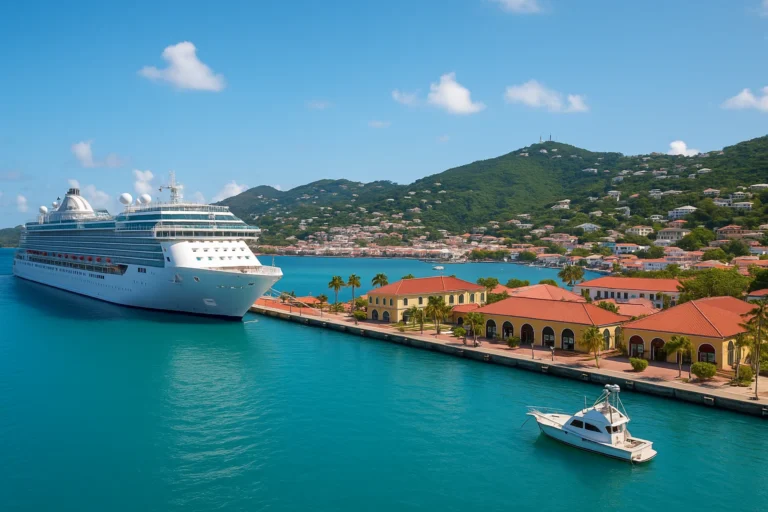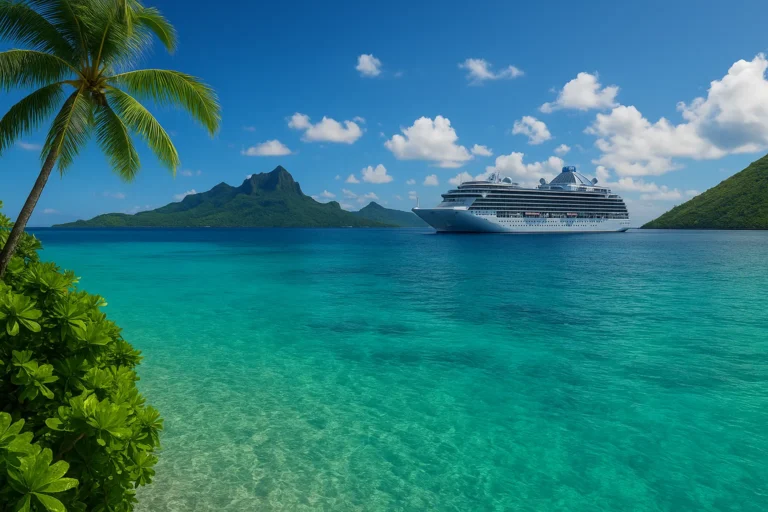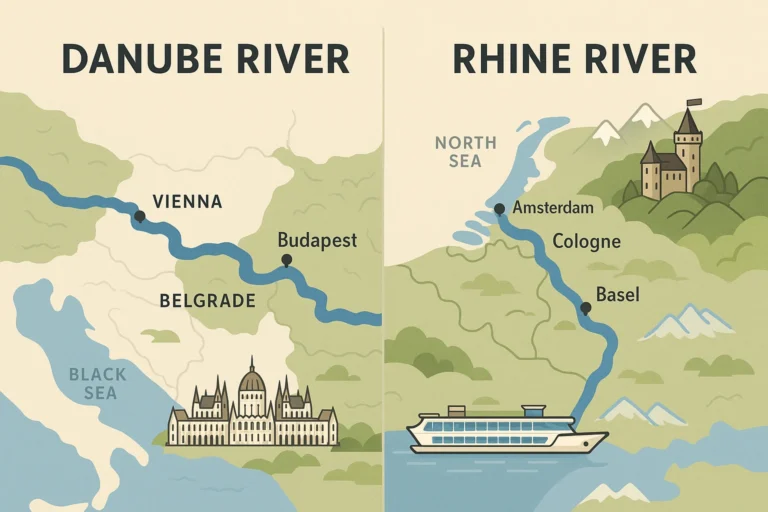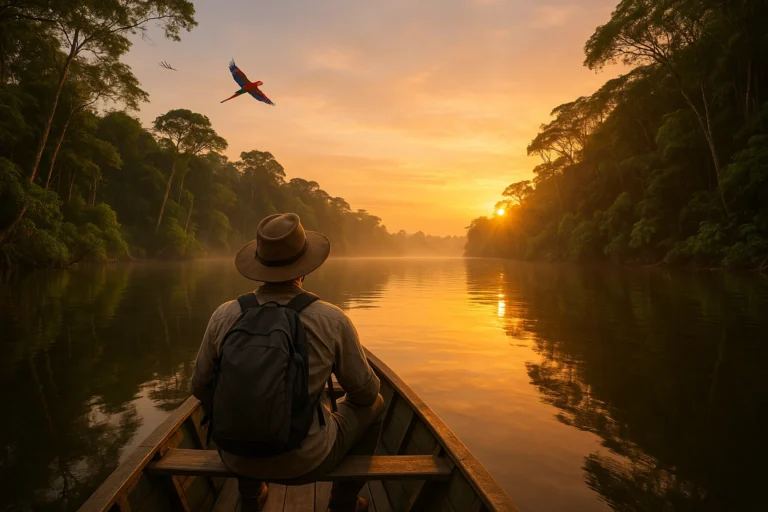The Best Time to Cruise the Great Barrier Reef: A Seasonal Guide for Snorkeling and Wildlife
Understanding the Great Barrier Reef’s Climate
The Great Barrier Reef is situated in Tropical North Queensland, which has two distinct seasons: the wet season (summer) and the dry season (winter). These seasons significantly influence everything from water temperature and clarity to marine animal behavior and the types of activities available. Your ideal travel time will depend on your priorities: do you prefer warmer water, better visibility, or a chance to spot a specific species like whales or nesting turtles? Let’s break down what each season has to offer.
Summer (December to February) – The Wet Season
While some travelers might shy away from the wet season, visiting the Great Barrier Reef in summer offers a unique and unforgettable experience. This period is defined by high humidity, warmer temperatures, and an increased chance of rainfall, which usually comes in the form of spectacular afternoon storms. The reef is bursting with life, with a number of key natural events taking place during these months.
Weather and Climate
The summer months are hot and humid. Air temperatures typically range from 25°C to 31°C (77°F to 88°F), while the water temperature is a balmy 29°C to 30°C (84°F to 86°F). This is the perfect temperature for spending hours in the water without needing a wetsuit. The rainfall is often heavy but brief, usually occurring in the late afternoon or evening, leaving the mornings clear and sunny. However, prolonged periods of rain can occur, and it’s also the season for potential tropical cyclones, so it’s wise to keep an eye on weather forecasts.
Marine Life Highlights
Summer is an extraordinary time for marine life. The most famous event is the annual **coral spawning**, often referred to as the “snowstorm of the sea.” This mass synchronized breeding event, which usually occurs a few nights after the full moon in November or December, sees corals releasing billions of tiny eggs and sperm into the water. It’s a breathtaking spectacle for divers and snorkelers, transforming the water into a magical, living blizzard. Additionally, the warmer waters are a breeding ground for many species of fish and other marine creatures, making the reef feel incredibly alive. This is also the peak **turtle nesting season**, particularly for Green and Loggerhead turtles on the islands. Watching the tiny hatchlings make their perilous journey to the sea is a truly moving experience.
Visibility and Water Conditions
The increase in rainfall during the wet season can lead to some runoff from rivers, which may reduce visibility closer to the mainland and the inner reef. However, a major misconception is that visibility is poor everywhere. The outer reefs, which are a further journey from the coast, remain largely unaffected and often boast excellent visibility. The sea is generally calmer, with less wind than in the cooler months.
Stinger Season and Safety
Summer marks the **stinger season** in Tropical North Queensland, which typically runs from November to May. During this time, box jellyfish and Irukandji jellyfish are present in the coastal waters. To ensure your safety, tour operators and island resorts provide full-body “stinger suits” that protect against stings. These suits are lightweight, breathable, and an absolute necessity for anyone entering the water. Snorkeling and diving are completely safe and enjoyable as long as you follow the guidelines and wear the protective gear.
Autumn (March to May) – The Transition
Autumn is a fantastic “shoulder season” that offers a great balance of ideal conditions. As the wet season winds down, the humidity drops, the rains become less frequent, and the marine environment remains lively and vibrant. It’s a sweet spot for travelers who want to avoid the peak season crowds while still enjoying exceptional weather.
Weather and Climate
The weather in autumn is warm and pleasant. Air temperatures hover around 22°C to 28°C (72°F to 82°F), and the water temperature is still very comfortable at 25°C to 28°C (77°F to 82°F). The occasional showers give way to long periods of sunshine, creating perfect conditions for both land and sea activities. The humidity is much lower than in summer, making sightseeing and hiking on the mainland more enjoyable.
Marine Life Highlights
With the rains tapering off, the water clarity improves dramatically. This is a wonderful time to see a great diversity of reef fish, as the ecosystem is still recovering from the spawning season. This is also a good time for diving and snorkeling, as the marine life is active and the water is calm. While the stinger risk is still present in the early part of the season, it begins to diminish towards May, and tour operators are still diligent about providing stinger suits.
Visibility and Water Conditions
Visibility is one of the major highlights of visiting in autumn. With less rain and more settled weather, the water becomes exceptionally clear. The seas are generally calm, making for smooth boat journeys and comfortable snorkeling. The transition from the wet season to the dry season results in an ideal combination of warm water and high visibility, offering some of the best underwater photographic opportunities of the year.
A vibrant underwater world awaits the adventurous traveler.
📂 Explore More in These Categories
Best Cruise Destinations in 2025: Caribbean, Europe & Bucket List Ports
Winter (June to August) – The Peak Season
Winter is widely regarded as the most popular time to visit the Great Barrier Reef, and for good reason. It offers the most stable and comfortable weather conditions, exceptional visibility, and the chance to witness some of the reef’s most spectacular visitors: migrating whales. If you are a first-time visitor or someone who prefers cooler, drier weather, winter is the ideal choice.
Weather and Climate
The dry season brings warm, sunny days with low humidity. Air temperatures range from 19°C to 26°C (66°F to 79°F), while the water temperature is cooler at around 22°C to 25°C (72°F to 77°F). While a wetsuit is recommended for longer periods in the water to stay comfortable, the air temperature is perfect for sunbathing and enjoying the deck of a boat. The risk of tropical storms is virtually non-existent during this period.
Marine Life Highlights
The cooler months are synonymous with **whale migration**. From June to September, humpback whales journey from the Antarctic to the warm, protected waters of the Great Barrier Reef to calve. Additionally, the unique **dwarf minke whale** season occurs between June and July, when these curious and charismatic creatures approach boats and interact with swimmers. Many tour operators offer dedicated “swim with whales” experiences, providing a once-in-a-lifetime opportunity. This is also a fantastic time to spot various species of reef sharks, manta rays, and other large pelagic fish.
Visibility and Water Conditions
Winter is the season for the best visibility. The lower amount of rainfall and calmer conditions mean the water is crystal clear, often exceeding 20 meters of visibility. This makes it an ideal time for both snorkeling and diving, as you can see the intricate details of the coral from a great distance. While the seas can sometimes be a bit choppier due to stronger trade winds, most reputable tours have stabilized vessels to ensure a smooth journey.
Spring (September to November) – The Awakening
Spring is another exceptional shoulder season, offering a beautiful blend of winter’s clarity and summer’s warmth. As the days grow longer and warmer, the reef comes alive in preparation for the upcoming wet season, providing a dynamic and exciting environment for visitors.
Weather and Climate
The weather is becoming increasingly warm, with air temperatures ranging from 22°C to 29°C (72°F to 84°F). Water temperatures also rise, reaching a very comfortable 24°C to 28°C (75°F to 82°F) by November. The humidity is still low, but it begins to increase towards the end of the season. The weather is generally sunny and clear, with minimal rainfall.
Marine Life Highlights
Spring is a fantastic time for turtle encounters, as this is their primary mating season. You’ll often see them engaging in courtship rituals and preparing for the nesting season. It’s a great time to spot Green, Hawksbill, and Loggerhead turtles. The whale season also extends into September, so you might catch the last of the humpbacks. The reef is also very active with various species of reef fish, as well as a good chance to see giant manta rays in certain locations.
Visibility and Water Conditions
Visibility remains excellent throughout spring, often rivaling the clarity of winter. The sea is generally calm, providing great conditions for snorkeling and diving. This season is a sweet spot that combines the best of both worlds: warm water temperatures and clear visibility, which is highly sought after by underwater photographers and snorkelers alike.
❓ Frequently Asked Questions
1. When is stinger season?
Stinger season typically runs from November to May. During this time, stinger suits are highly recommended and often provided by tour operators. The suits are essential for protection against box jellyfish and Irukandji jellyfish, ensuring a safe and enjoyable time in the water.
2. When can I see whales?
Humpback and dwarf minke whales migrate to the Great Barrier Reef from June to September. This is the best time for whale watching tours and even a chance to swim alongside the gentle dwarf minke whales.
3. Is it ever too cold to snorkel?
No, the water is a pleasant temperature year-round. However, during the winter months (June-August), the water is cooler (around 22-25°C), and wetsuits are often worn to stay comfortable, especially for longer snorkeling sessions.
4. What is the best port to depart from?
The main departure ports are Cairns, Port Douglas, and Airlie Beach. Cairns offers the most tour options and is a bustling hub. Port Douglas is a more relaxed, upscale option. Airlie Beach is the gateway to the beautiful Whitsunday Islands and the southern parts of the reef.
💡 Did you know?
The Great Barrier Reef is the world’s largest coral reef system, spanning over 2,300 kilometers. It’s so massive that it can be seen from outer space, making it one of the few living structures visible from such a distance!
📣 What marine life are you most excited to see on your trip to the reef? Tell us in the comments! 💬


